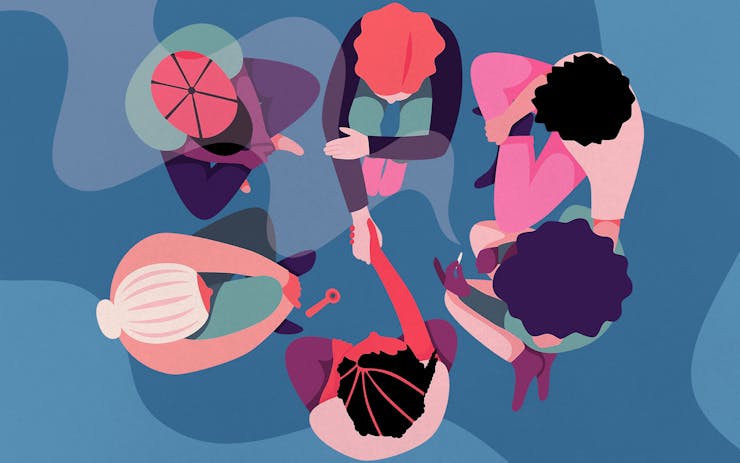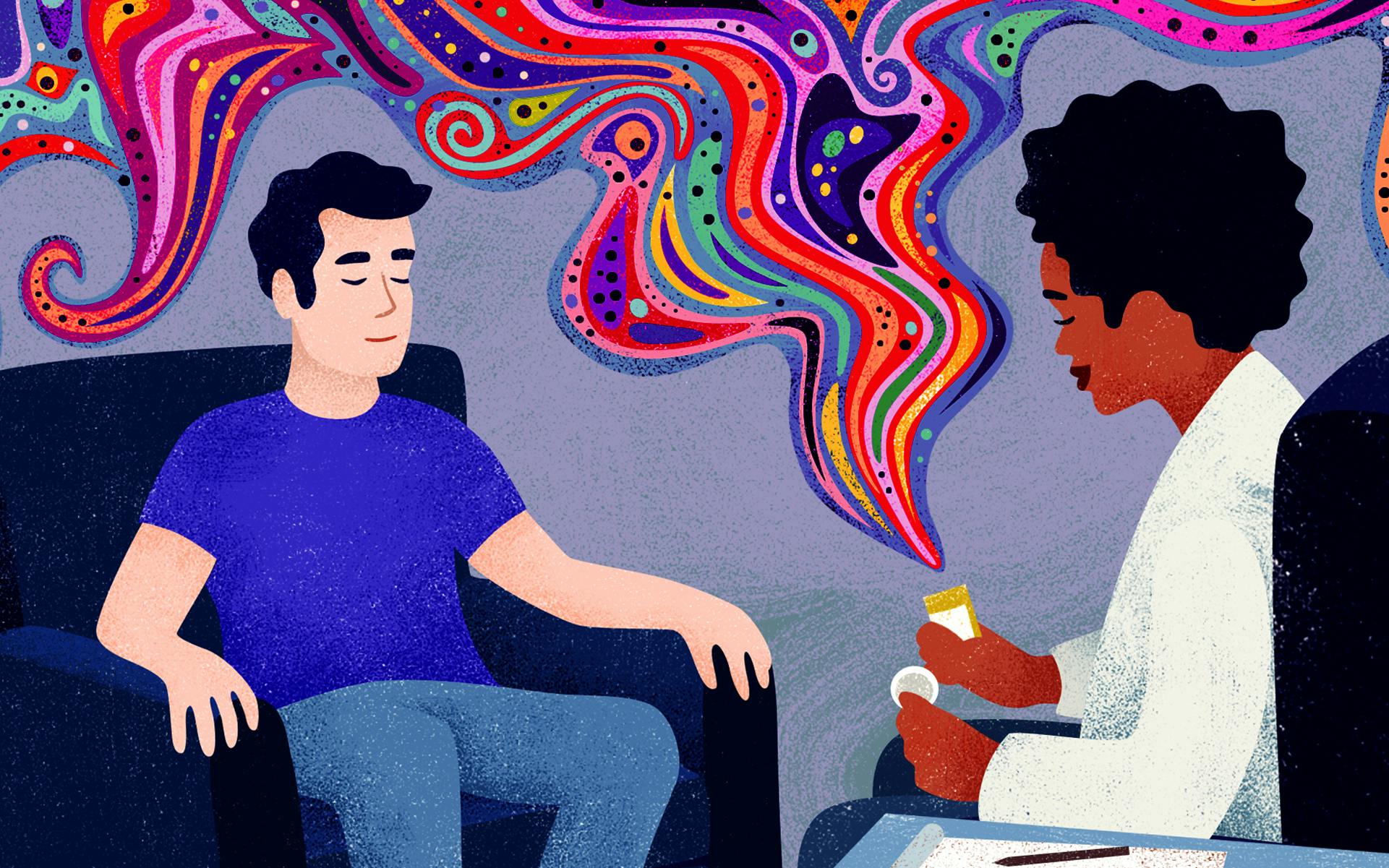Despite mountains of anecdotal evidence pointing to serious therapeutic benefits, there’s little hard data on cannabis as a treatment for post-traumatic stress disorder (PTSD). But after a decade-long battle between researchers and the DEA, the first-ever randomized controlled study of the efficacy of cannabis for military veterans with PTSD is currently underway, with cannabis supplied by the US government and an FDA-approved research protocol.
PTSD among US combat veterans has been at epidemic levels since the start of the wars in Afghanistan and Iraq, with shockingly high rates of chemical dependence and suicide as a result. The promise of cannabis as a potential treatment has spurred even the typically conservative Veterans of Foreign Wars to lobby for research, while groups like the Santa Cruz Veterans Alliance in California have taken matters into their own hands, forming a collective where veterans grow and distribute medical cannabis among themselves.
But according to the National Center for PTSD, the condition affects about 8 million American adults at any given time, and the vast majority are not veterans. Women are actually more likely to suffer from PTSD than men due to the prevalence of sexual assault as a cause of trauma.
“The stigma people face as both survivors of sexual trauma and as cannabis consumers can leave them feeling isolated, marginalized, and shamed.”
“There’s been a good deal of attention paid to cannabis for combat vets with PTSD over the last five years, which is great, and has taught us a lot while spurring more research,” Melanie Nakashian says. “But there’s also been a big missing part of the conversation. And in the meantime, the stigma people face as both survivors of sexual trauma and as cannabis consumers can leave them feeling isolated, marginalized, and shamed.”
That’s why Nakashian—herself a survivor of sexual assault and abuse—created the online forum Survivors for Cannabis last year to spur discussion, including an Instagram page where people of all genders, orientations, ages, and ethnicities can share their stories.
“My friends and I get together and talk about our trauma over a blunt,” Amna Hussein’s personal account begins. “Cannabis makes me not hate talking about it… And the sisterhood, the bonding that’s built there, the love and empathy that people feel for each other in those moments is amazing. It’s why cannabis and surviving can work so well together.”
Hussein is a Washington DC-based activist working to making cannabis more accessible to marginalized people. In an interview posted to Survivors for Cannabis, Hussein described how as a non-binary, queer, and Muslim first-generation Sudanese-American and womanist, the cannabis community can sometimes feel intimidating and exclusionary.
“Survivors for Cannabis has expanded the discussions being had in the cannabis arena,” Hussein explains. “This community has given me peace of mind in knowing that there’s a place where I’m not an anomaly and who I am is valid.”
That sense of public validation is especially important for survivors who live in places without legal access to the plant. Including Nakashian—the driving force behind Survivors for Cannabis—who stresses she’s not an expert, and says that the community is just beginning to grapple with issues like how to get the optimal benefit from cannabis, how to minimize the risks, and how to speak out on this issue. Local chapters are also sprouting up as they seek to take this discussion beyond the internet.
I spoke with Nakashian via telephone about her personal discovery of cannabis as a treatment, why it’s not just about “feeling better,” and the perils of living in a place without legal cannabis.
Shop highly rated dispensaries near you
Showing you dispensaries nearLeafly: Were you already using cannabis when you discovered it helps with your trauma, or did you try cannabis for the first time because you heard it’s an effective treatment?
Melanie Nakashian: Cannabis has been a part of my life for the last ten years, but it was only recently that my relationship with the plant evolved to the point where I realized that I had been unknowingly using it to help alleviate the many layers and types and instances of trauma I’ve been holding on to in my mind and body. So I began doing research—into trauma, into cannabis, and into the intersection of the two. I found a real lack of awareness around cannabis as a treatment for PTSD among survivors of sexual assault or abuse.
My research also revealed to me a thriving cannabis community online that I wasn’t previously aware of at all. I’ve never lived in or even been to a place where cannabis is legal, except for one night in Amsterdam. I just knew how much it helped me, and wanted to reach out and see if others had the same experience. From there, Survivors for Cannabis slowly developed into a community where we can all learn from each other.
How did you finally come to understand your use of cannabis was therapeutic in this way?
Nakashian: In 2015, I moved to a place where I had no access to cannabis. I thought that I could get used to not smoking, but I couldn’t. It wasn’t until I eventually left and lived someplace I could access cannabis again that I realized that I really, really need it—not just to make me “feel better,” but as something medically necessary to treat my PTSD.
What happened when you could no longer access cannabis?
Nakashian: My body was super tense and I was totally on edge all the time—hyper vigilant. If someone was fucking with me in the street I wouldn’t hesitate to scream in their face, which may sound impressive to some people, but it’s actually a very dangerous way to live. And so that’s when I started abusing alcohol, to help me sleep, and to escape reality as much as possible.
“We need to talk about how this plant can heal trauma in the long-term, especially sexual trauma, which attacks the deepest part of our identity and core sense of self.”
Meanwhile, the medical establishment, and even well-meaning people in our lives, so often try to force pills on us, which may be helpful in some situations, but for me, taking them did more harm than good, while making me feel even more cut off from myself and my emotions.
And with alcohol, all you feel is drunk. Alcohol was destructive to my mind, body and soul. Cannabis can heal all of those things, while actually making me feel more like myself—more present. Cannabis treats day-to-day symptoms of PTSD like depression, insomnia, anxiety and trigger reactions, but we also need to talk about how this plant can heal trauma in the long-term, on a more spiritual level, especially sexual trauma, which attacks the deepest part of our identity and core sense of self.
Are there downsides to using cannabis?
Nakashian: A lot of people who’ve had negative experiences using cannabis, especially those holding trauma, have reported suffering a spike in anxiety after getting high. So if you’re trying to integrate cannabis into your healing process, it’s really helpful to know that happens sometimes.
The healing process is not a pretty process, and cannabis does not necessarily make it any prettier. Cannabis is not just about feeling good, it’s also about helping you dig in and understand yourself on another level.
How can people share their stories?
Nakashian: Anyone can contact me through DM. Those who want to share their story can either write it themselves, or I will interview them, which is sometimes easier, because it can be really difficult to construct your own narrative. Either way, we only talk about the aspects of their story that they’d like to share.
I get to know these people on an individual level. I’ve met a lot of like-minded people, and we’re definitely growing into an on-the-ground movement as well. We’ve started creating not just virtual but physical spaces to connect with other cannabis-friendly survivors.






